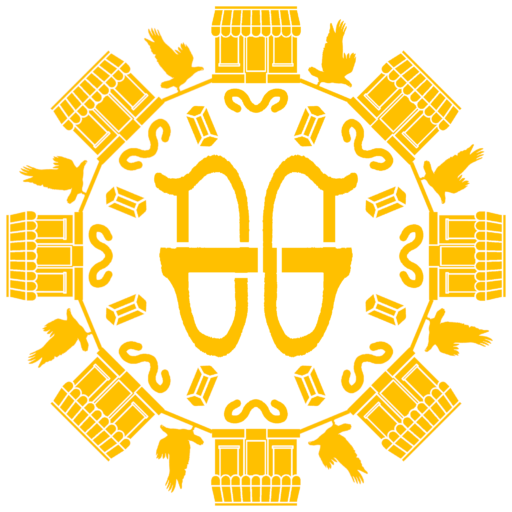Such a question would require how we already look at Latin Spoken Language in the real world. In order to do that, we can then transpose what we know onto the medium of worldbuilding. In that way, looking into the spoken variant of the Latin language would involve looking into the history of the language itself.
Latin Spoken Language As A Construct
It is important to point out that the Latin language is not a prevalent a language that it used to be. There are no native speakers–at least no noticeable pool of native speakers. The movement to maintain the Latin language began with the Italian poet Petrarch, who noticed the changes from Latin to modern Italian among many professions in the Tuscany region. It began with being used as a scholarly language among all Europeans, then it transitioned into being a literary language called New Latin. While the continental relevance of the Latin language is no longer prevalent, Latin still made its way into the various European languages through academic coinages.
The contemporary Latin language is mainly used as a liturgical language within the Catholic Church, and the authority behind maintaining it is the Holy See in Vatican City. Of course, it was used from the 15th century onwards as a scholarly language.
How Can We Speak Latin Spoken Language?
Unless we attempt to reconstruct what Latin really sounded like during the Roman Empire\’s height, we are left with the remnants of Latin revival from Petrarch onwards.
In English, there are four pronunciations with significant differences:
- Reconstructed Ancient Roman
- Northern Continental: for scientific purposes
- Ecclesiastical Roman: for Catholic mass
- English: for everyday English vernacular use
There really is no \”right\” way of speaking Latin, since there are different vernaculars for different purposes.
Latin Spoken Language And Worldbuilding
Sounds
With all this being said, this article comes down to how Latin Spoken Language is related to worldbuilding. It is the case that orthography becomes an issue. In the case of Ecclesiastical Latin, the c is pronounced as [ch], while the English pronunciation is [s] or [k] and the Reconstructed Ancient Roman c is typically [k].
I am of the opinion that conlangs in worldbuilding should have a consistent English orthography. If a letter as a [k] sound, it should be written as k, regardless of its position in the word or name. Of course, J. R. R. Tolkien maintained his position to include the c character whenever there is a beginning c word that has a [k] sound. It should be noted that worldbuilding has evolved from his time that expanded beyond the Anglocentric interpretation of worldbuilding.
Differing Vernaculars
Considering how there are various vernaculars that arose in the Latin language\’s history, then it would make sense that even the reconstructions of Latin are not immune to the diachronic laws of linguistics. It should be the same with any conlangs. A realistic worldbuilding method would be to have multiple dialects and sister-languages to a single conlang.
Liturgy And History In Worldbuilding
Since Latin now functions mainly as a liturgical language, it would make sense that the type of thinking might also apply to worldbuilding. Perhaps, there would be a language long unspoken except within the basilica itself. The diachronic shift might be slight, since its conservative usage would ensure that it would not be altered.
Sources
- Gill, N. S.. (2020). An Introduction to Latin Pronunciation. ThoughtCo.
- Hankin, James. \”A Lost Continent of Literature.\” The Lost Continent: Neo-Latin Literature and the Rise of Modern European Literatures: Catalogue of an Exhibition at the Houghton Library, 5 March-5 May, 2001, edited by James Hankins. Harvard Library Bulletin, new series, 12.1-2 (Winter-Spring 2001), pp. 21-27.
